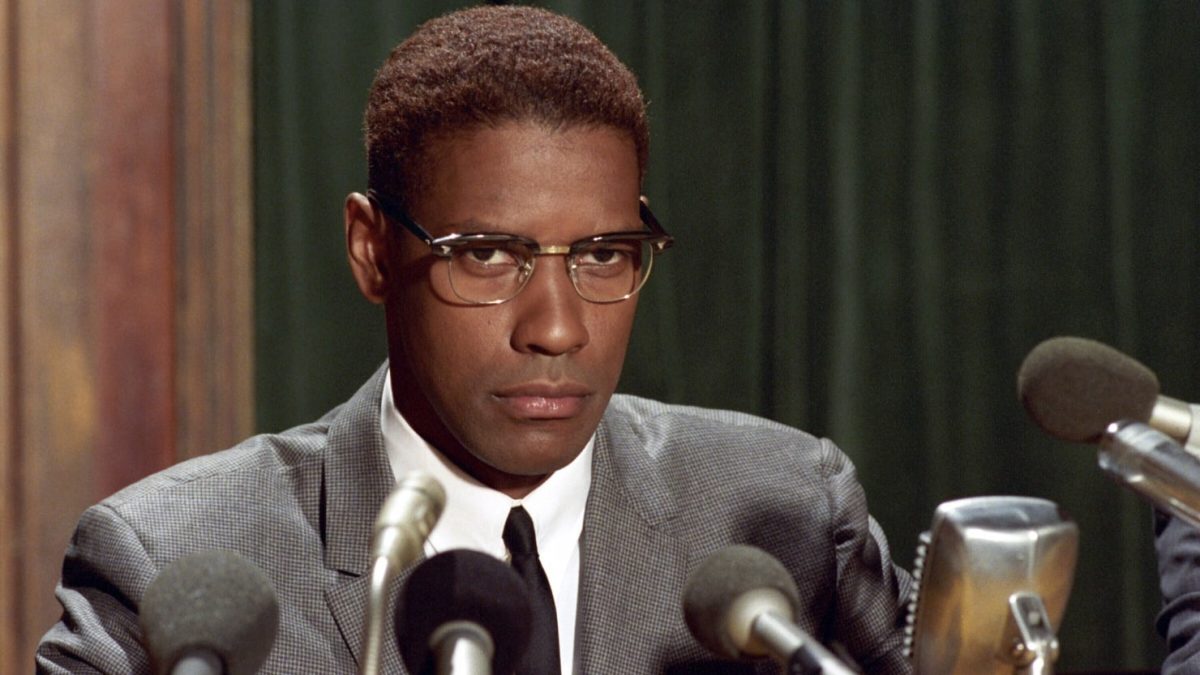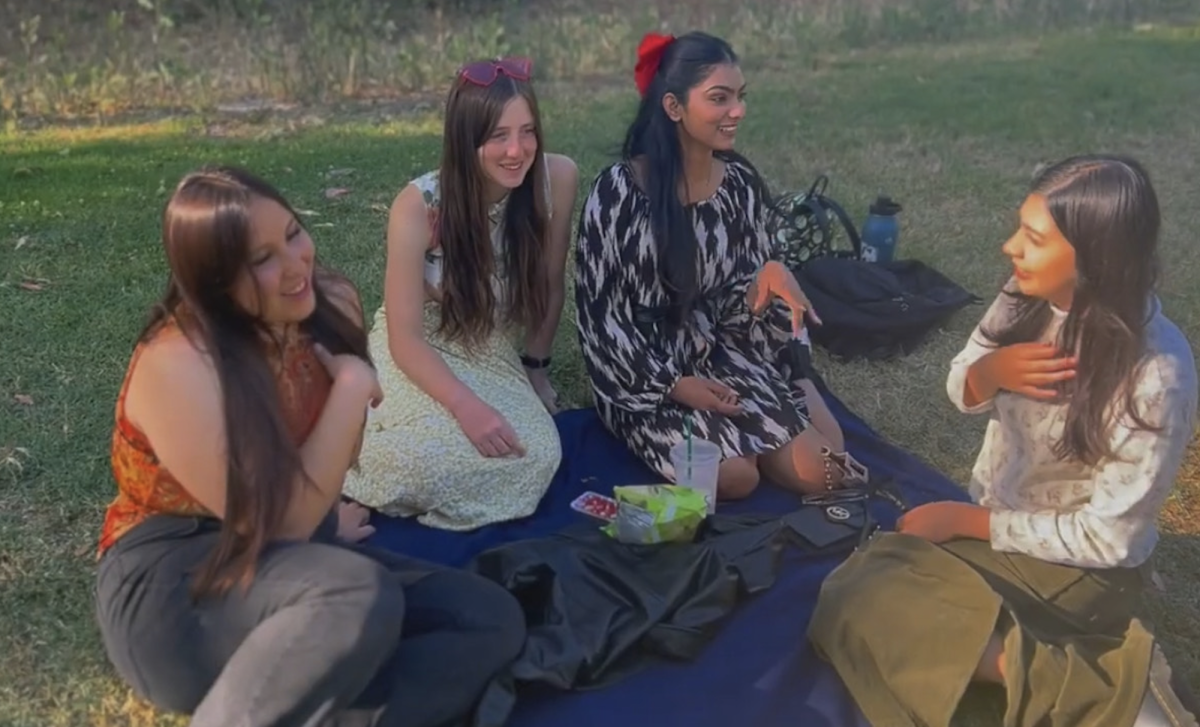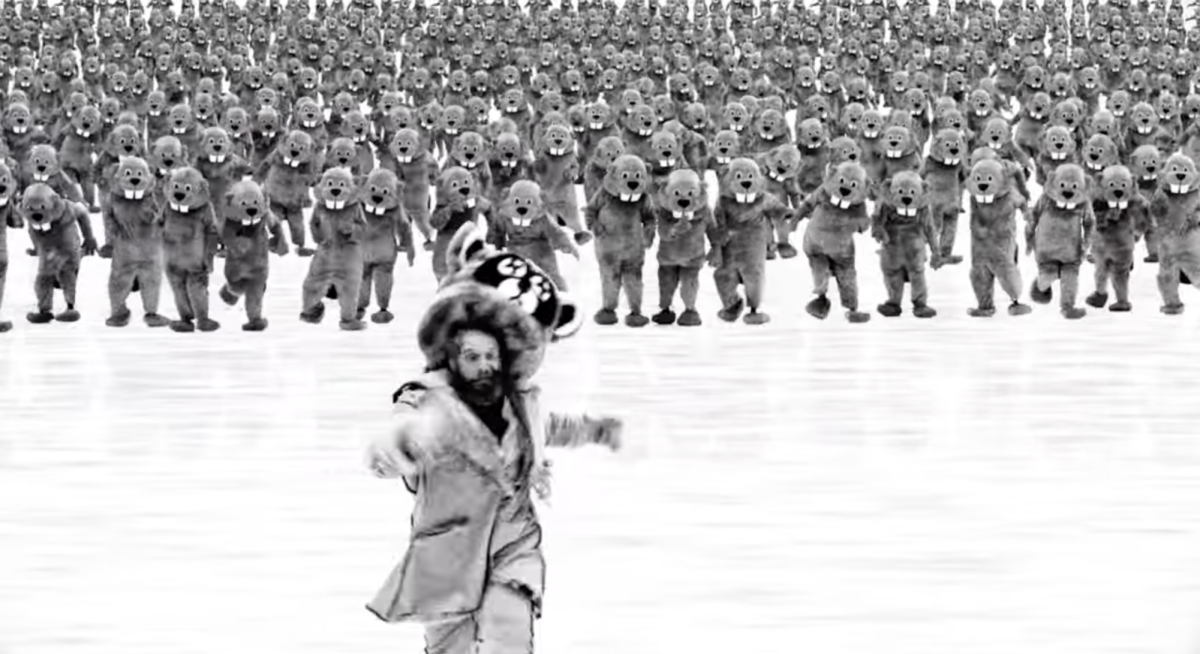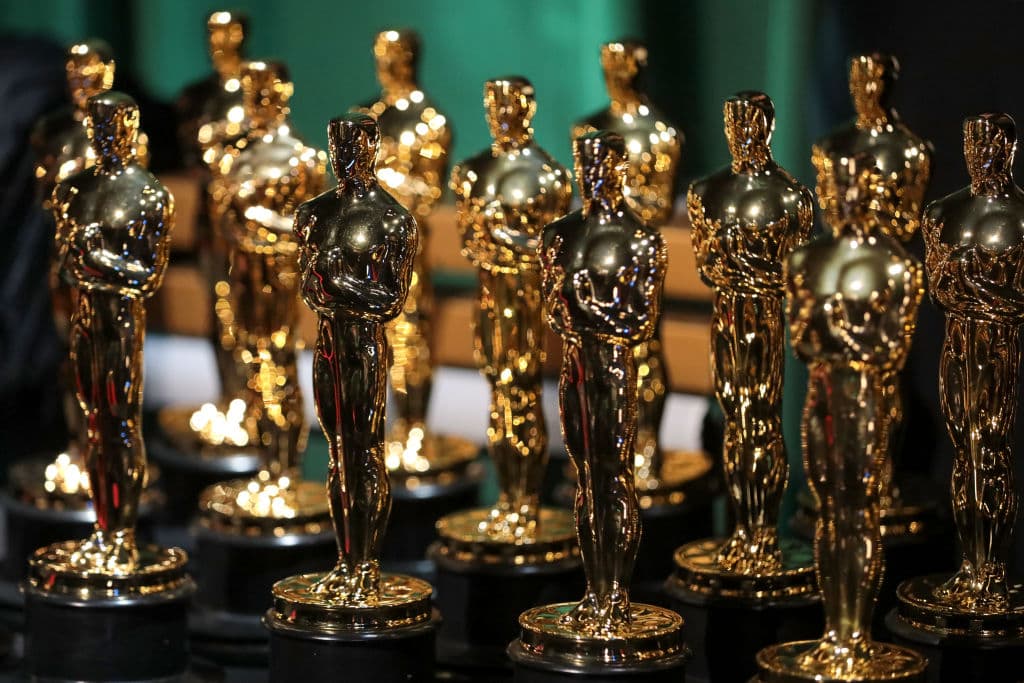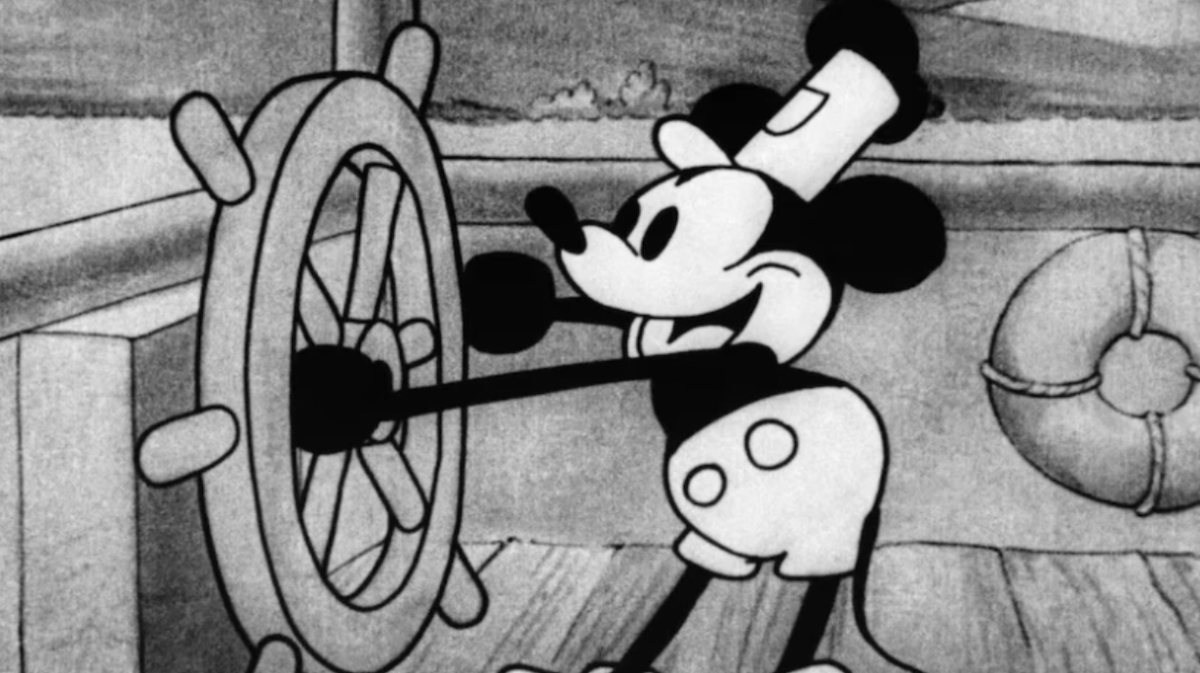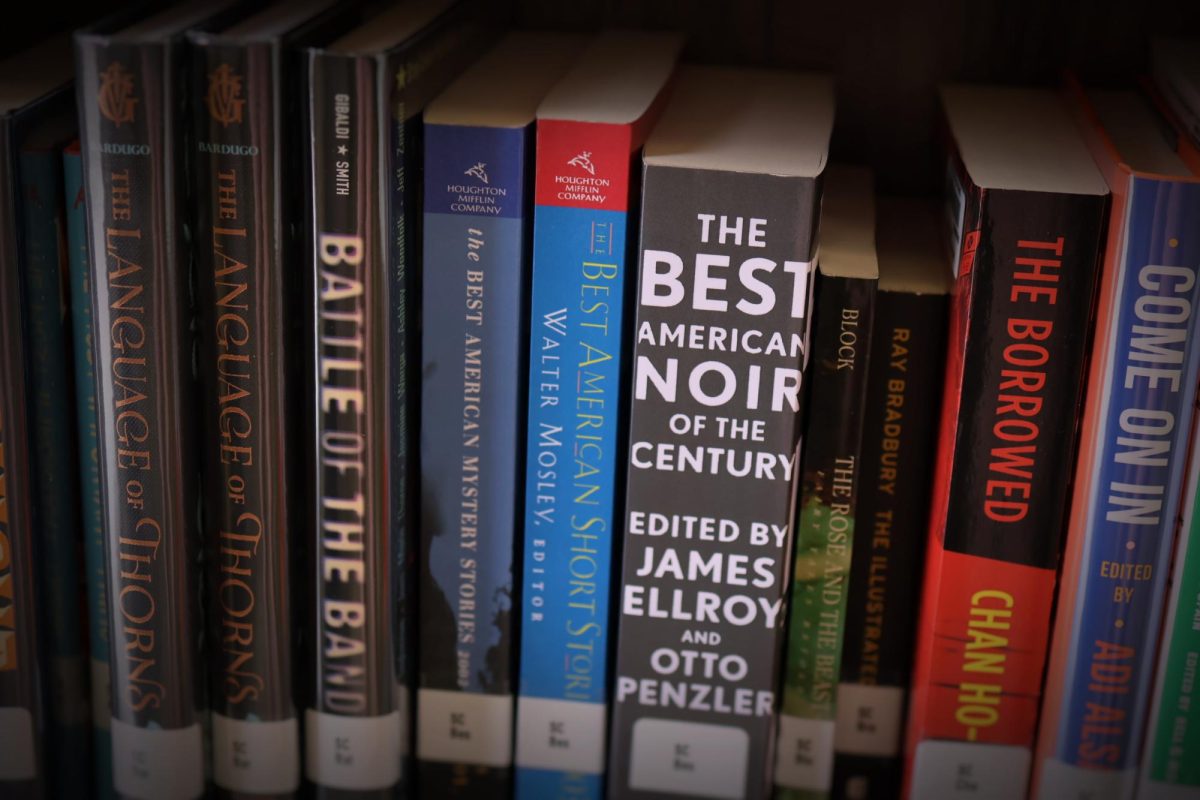Every February, students across campus celebrate Black History Month by remembering the contributions of African-Americans in history. Despite frequent tributes to civil rights and music, many overlook the origins of African-Americans in film history.
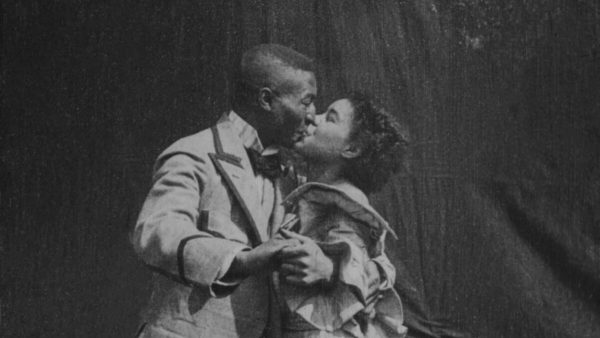
The earliest known film to feature black actors was “Something Good – Negro Kiss,” a 29-second vignette filmed in 1898 featuring two vaudeville performers Saint Suttle and Gertie Brown kissing. Departing from the typical racist caricatures of the time, the short film showed an intimate moment. Considered “lost” for over a century, it was rediscovered in 2017 and has since been preserved by the National Film Registry.
But as the industry developed in the early 20th century, black actors were mainly kept out of the limelight by studios in favor of blackface caricatures by white actors, typically mocking then-common archetypes.
It wasn’t until the work of Alice Guy-Blaché, the world’s first female filmmaker, that black actors entered the early silent era. Guy-Blaché was white, but her 1912 short “A Fool and His Money” became the first to feature an all-black ensemble cast. The film showed characters becoming wealthy and living an aristocratic lifestyle.
The film’s themes of upliftment and hope resonated with black audiences and led to the birth of the “race film” genre, which featured all-black casts and came to dominate much of African-American cinema during the first half of the 20th century.
An early pioneer of the genre was black author Oscar Micheaux, who became the world’s first black director when he adapted his autobiographical novel “The Homesteader” into a successful 1919 film of the same name and was launched into fame. He ended up directing 43 more films in the following 30 years, placing him among the world’s most prolific directors.
But among general white audiences, racism was still a prevalent source of entertainment.
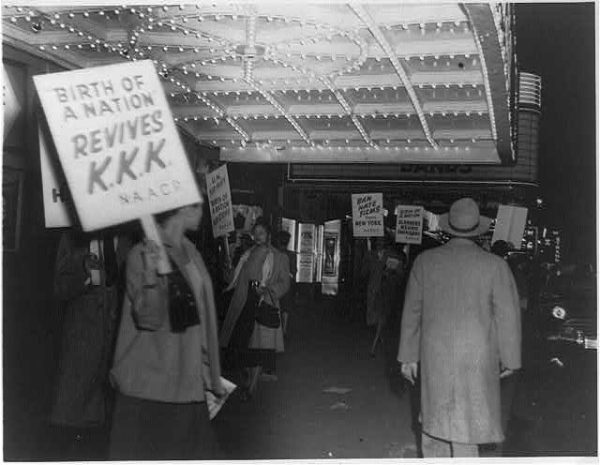
D.W. Griffith’s The Birth of a Nation, arguably the most influential film of the silent era, used revolutionary film techniques and laid the groundwork for the modern feature film. But, designed as a propaganda piece to promote the Confederate “Lost Cause” ideology, the film promoted racist stereotypes and used white actors in blackface to glorify the KKK. As such, it is widely regarded as the most controversial film in history.
At the time of its release in 1915, public opinion was divisive. While black audiences nationwide protested the film, it became a massive success, becoming the then-highest-grossing film of all time.
It wasn’t until 1939, nearly 25 years later, that the title was usurped by the historical epic Gone With The Wind, which still holds the top spot adjusted for inflation. While the film dealt with similar themes as The Birth of a Nation in promoting the Confederate Lost Cause and perpetuating black stereotypes, the performance of black actress Hattie McDaniel was universally acclaimed.
She became the first black person nominated for an Oscar for Best Supporting Actress, and won. Her character of “Mammy” was perceived by some, including the NAACP, to be giving into stereotypes about “black maid” characters. Still, McDaniel continued to play similar parts in over 70 other films over her career.
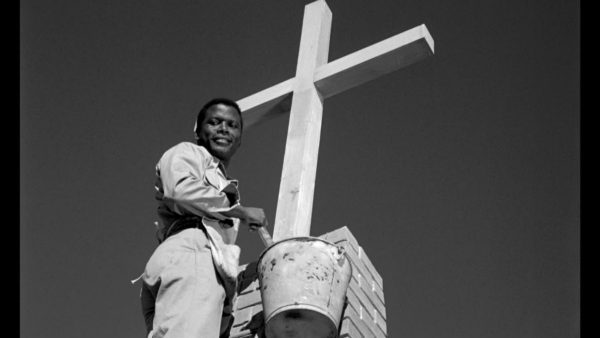
“I can be a maid for $7 a week. Or I can play a maid for $700 a week.” She remarked in response to the NAACP.
For the coming decades, roles for African Americans in mainstream movies were similarly limited to passive, stereotypical side characters until the Civil Rights Movement of the 1960s spurred change within Hollywood.
Emerging at the forefront was actor Sidney Poitier, whose acclaimed lead performance in 1963’s Lilies of the Field made him the first black man to win a competitive Oscar. He continued his success with further roles with In the Heat of the Night and Guess Who’s Coming to Dinner, both in 1967. However, despite both movies winning multiple Oscars, Poiter wasn’t nominated for his roles in either.
“Here I am this evening at the end of a journey that … might never have been set in motion were there not an untold number of courageous, unselfish choices made by a handful of visionary American film-makers.” Poitier remarked during the acceptance speech for his Honorary Oscar in 2002.
As the “New Hollywood” Era began in the late 1960s, the 1970s saw the rise of African-American representation in “Blaxploitation” films, which combined elements of the race films from decades prior with the “exploitation” genre of using famous stars or popular tropes to attract box office sales on a low budget. While some of these films were considered “trash,” others like Super Fly and Shaft retained a cult status.
The success of the low-budget comedy She’s Gotta Have It launched director Spike Lee to fame, which he continued with Do the Right Thing and Malcolm X. The latter film starred Denzel Washington who, thanks to other films like Glory, became the industry’s leading African-American drama actor.
Meanwhile, Eddie Murphy’s roles in 48 Hrs, Beverly Hills Cop, and Coming to America established him as the world’s leading black comedic actor.
The 1990s, however, saw films that delved into more serious themes around gang culture in black communities like Belly, Juice, and Boyz in the Hood. The latter earned 24-year-old director John Singleton the first Best Director Oscar nomination for a black person, making him the youngest nominee in Academy Awards history.
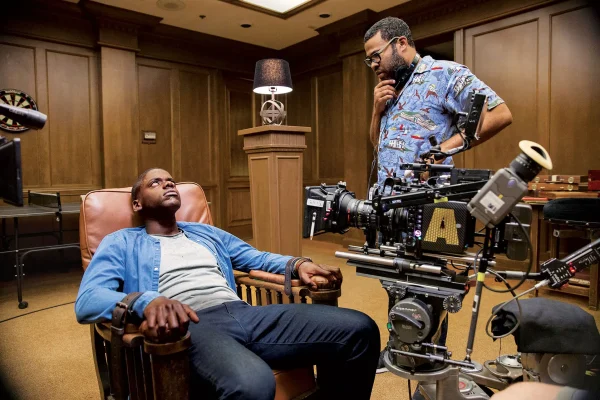
As the 21st century has ushered in the modern age of filmmaking, black voices in the industry are now more prevalent than ever.
Directors like Ryan Coogler brought representation to the mainstream with Creed and Black Panther, while famed comedian Jordan Peele subverted the horror genre with Get Out, Us, and Nope.
Meanwhile, the critically acclaimed 2013 film 12 Years a Slave became the first directed by a black person to win the Oscar for Best Picture, while Moonlight 3 years later achieved the same feat with an all-black cast.
African-American representation has now become something widespread and integrated into the norms of movies & TV, but it still remains important to acknowledge the steps that were taken to reach this point. For more than a century in the making, now is the culmination of the work of those before us.

